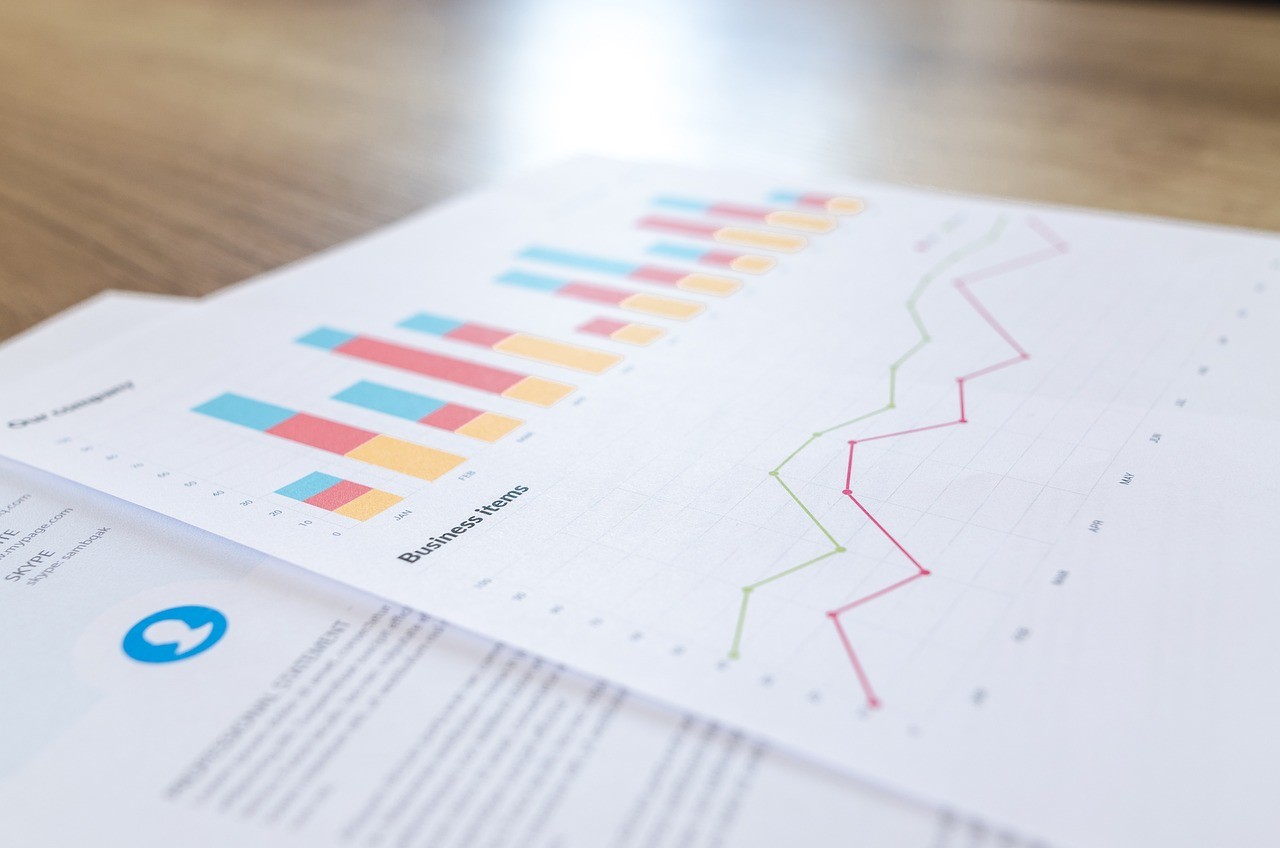
July 31, 2023, 7:09 am
In the rapidly evolving world of business and professional practices, data has become the new currency of success. From market trends and customer behavior to internal processes and performance metrics, data holds the key to unlocking valuable insights. However, the challenge lies in deciphering and understanding the vast amounts of data at our disposal. This is where data visualization steps in – a powerful tool that can transform complex data into clear, meaningful, and actionable insights.
The Essence of Data Visualization:
Data visualization is the art and science of representing information graphically. It goes beyond mere charts and graphs; it presents data in a visual context, making it easier for our brains to process and comprehend patterns, trends, and outliers. By converting raw data into interactive visuals, data visualization facilitates communication, analysis, and discovery in an intuitive manner.
Unleashing the Benefits:
-
Clarity and Comprehension: Raw data can be overwhelming and difficult to interpret. Data visualization condenses complex datasets into visually appealing charts, maps, and infographics, simplifying the information and enhancing understanding.
-
Identification of Patterns and Trends: Visual representations of data allow you to spot patterns and trends that might not be immediately evident in spreadsheets or text reports. Identifying these insights can lead to strategic breakthroughs and competitive advantages.
-
Real-time Monitoring and Analysis: Interactive data visualizations enable real-time tracking and monitoring of key performance indicators (KPIs). This empowers decision-makers to respond promptly to changing circumstances and make data-driven choices.
-
Enhanced Data Exploration: Data visualization tools often offer interactivity, allowing users to drill down into specific data points and explore relationships between variables. This fosters a deeper understanding of your practice's dynamics and uncovers hidden opportunities or issues.
-
Storytelling for Impact: Visuals have a profound impact on memory and retention. By creating compelling data visualizations, you can tell a powerful story that resonates with stakeholders, investors, and customers alike.
-
Efficient Decision-making: Data visualization eliminates the need for lengthy reports and helps decision-makers grasp information at a glance. This expedites the decision-making process and fosters a culture of data-driven decision-making.
Types of Data Visualizations:
-
Line Charts and Area Charts: Ideal for representing trends and changes over time.
-
Bar Charts and Column Charts: Effective for comparing categories or groups.
-
Pie Charts and Donut Charts: Useful for showcasing proportions and percentages.
-
Scatter Plots: Reveals relationships and correlations between two or more variables.
-
Heat Maps and Geographic Maps: Depicts spatial patterns and distributions.
-
Infographics: Combines various visualization elements to convey complex information concisely.
Best Practices for Data Visualization:
-
Keep it Simple: Avoid clutter and unnecessary elements that could distract from the core message.
-
Choose the Right Visualization: Select the visualization type that best suits the data and the story you want to tell.
-
Use Color Thoughtfully: Colors should enhance understanding, not confuse or mislead.
-
Provide Context: Always offer context and labels to ensure accurate interpretation.
-
Emphasize Interactivity: Interactive elements engage users and encourage exploration.
Data visualization has transformed the way professionals understand their practices. By harnessing the power of visual representation, organizations can gain a competitive edge, make informed decisions, and communicate complex insights effectively. Whether you are a business owner, an analyst, or a researcher, embracing data visualization can unlock a world of opportunities for growth and success. Embrace the potential of data visualization and witness the transformation of your understanding of your practice.
